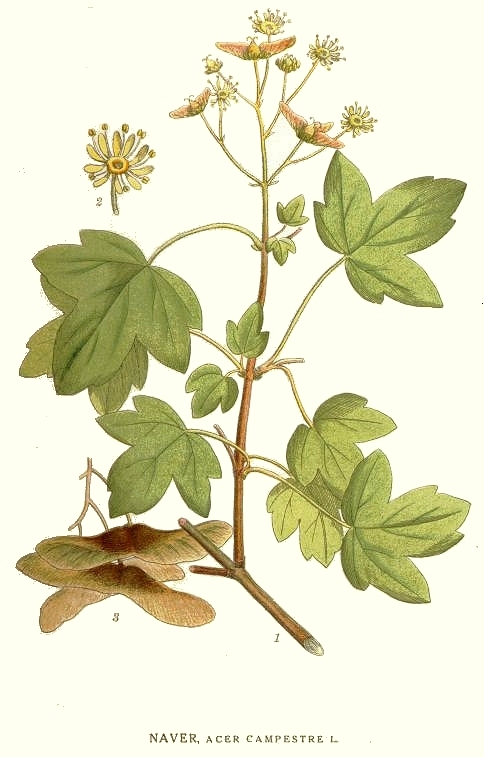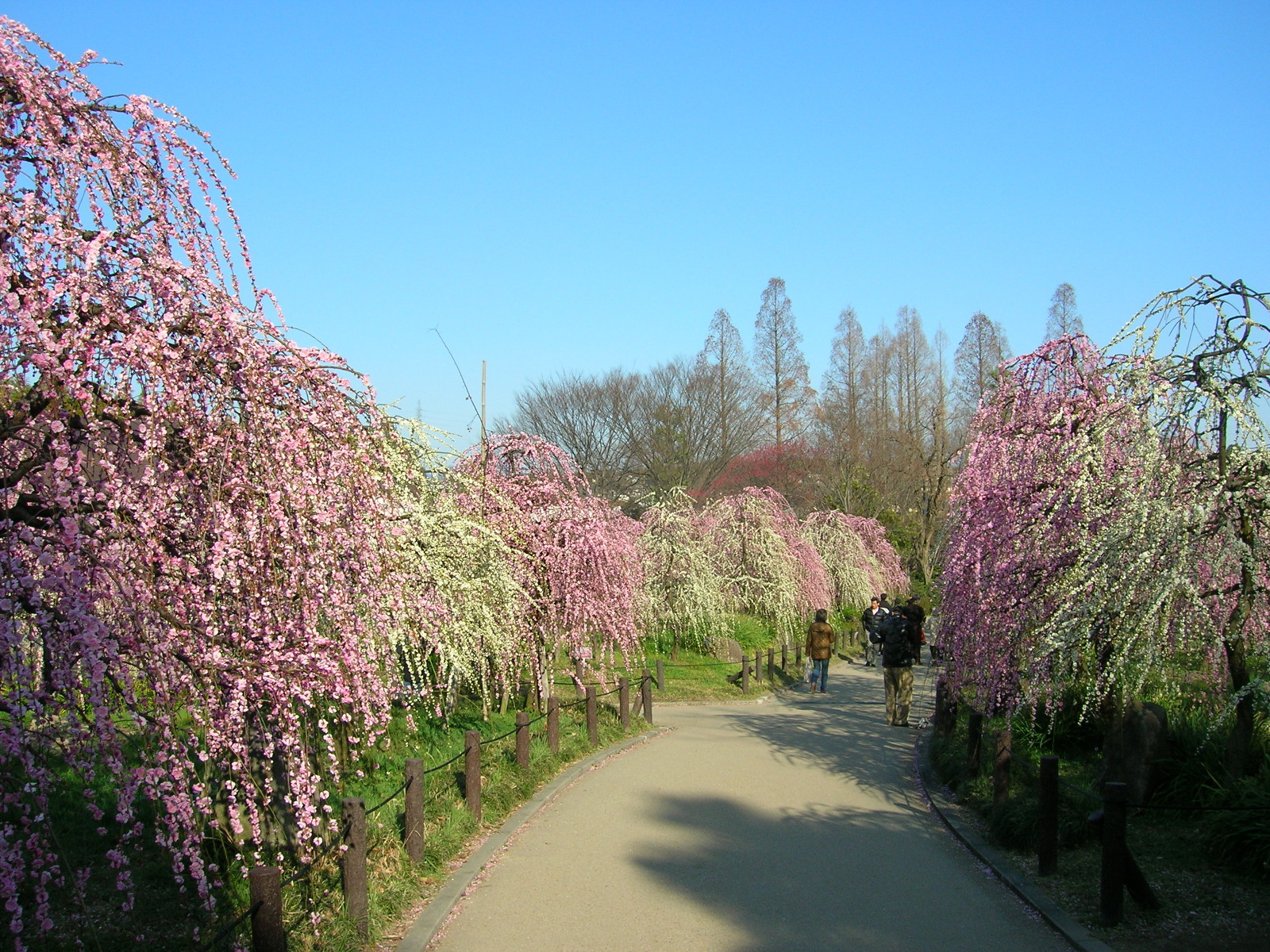|
Acer Campestre 'Eastleigh Weeping'
The Field Maple ''Acer campestre'' cultivar 'Eastleigh Weeping' or 'Weeping Eastleigh Field Maple' is a weeping tree that originated as a seedling at the Hillier & Son nursery, Ampfield, England, and was released in 1980. No trees are known to survive of this cultivar. Description The tree is noted for its weak pendulous habit.van Gelderen, D. M., de Jong, P. C., and Oterdoom, H. J. (1994). ''Maples of the World''. Timber Press, Oregon. . It is less pendulous than the other Field Maple cultivars 'Pendulum' and 'Green Weeping'. Cultivation As with the species, the cultivar thrives best in a semi shade position, on a fertile, well-drained soil. The tree is mentioned in several American websites, suggesting it was introduced to the United States. 'Eastleigh Weeping' no longer remains in commerce in the UK. Accessions The tree growing at the Sir Harold Hillier Gardens The Sir Harold Hillier Gardens is an arboretum comprising 72 hectares (180 acres) accommodating over 42,000 ... [...More Info...] [...Related Items...] OR: [Wikipedia] [Google] [Baidu] |
Acer Campestre
''Acer campestre'', known as the field maple, is a flowering plant species in the family Sapindaceae. It is native to much of continental Europe, Britain, southwest Asia from Turkey to the Caucasus, and north Africa in the Atlas Mountains. It has been widely planted, and is introduced outside its native range in Europe and areas of USA and Western Australia with suitable climate. Description It is a deciduous tree reaching tall, with a trunk up to in diameter, with finely fissured, often somewhat corky bark. The shoots are brown, with dark brown winter buds. The leaves are in opposite pairs, long (including the petiole) and broad, with five blunt, rounded lobes with a smooth margin. Usually monoecious, the flowers are produced in spring at the same time as the leaves open, yellow-green, in erect clusters across, and are insect-pollinated. The fruit is a samara with two winged achenes aligned at 180°, each achene is wide, flat, with a wing. The two varieties, not accept ... [...More Info...] [...Related Items...] OR: [Wikipedia] [Google] [Baidu] |
Weeping Tree
Weeping trees are trees characterized by soft, limp twigs. This characterization may lead to a bent crown and pendulous branches that can cascade to the ground. While weepyness occurs in nature, most weeping trees are cultivars. Because of their shape, weeping trees are popular in landscaping; generally they need a lot of space and are solitary so that their effect is more pronounced. There are over a hundred different types of weeping trees. Some trees, such as the cherry, have a variety of weeping cultivars. There are currently around 550 weeping cultivars in 75 different genera, although many have now disappeared from cultivation.Govaerts, R., Jablonski, E. & Michielsen, K. (2009). Hänge- oder Trauerformen von Gehölzen - unauffindbare Sorten - vielleicht wissen Sie etwas darüber ? Ginkgobätter 116: 24-27. List of weeping trees Weeping conifers * ''Cedrus atlantica'' 'Glauca Pendula', Weeping Blue Atlas Cedar * '' Cupressus nootkatensis'' 'Pendula', Weeping Nootka Cypress ... [...More Info...] [...Related Items...] OR: [Wikipedia] [Google] [Baidu] |
Ampfield
Ampfield is a village and civil parish in the Borough of Test Valley in Hampshire, England, between Romsey, Eastleigh, and Winchester. It had a population at the 2001 census of 1,474, increasing to 1,583 at the 2011 Census. Geography Ampfield lies on sands and clays of Eocene age near the northern edge of the Hampshire Basin. Ampfield Wood on the London Clay to the north of the village is crossed by the Monarch's Way long distance footpath. The parish includes the hamlets of Knapp and Gosport. Education State Primary: * Ampfield CofE Primary School Church The village church is St Mark. Its construction took 3 years, finishing in 1841. It has stained glass windows dating from the 1850s. Potters Heron Hotel The Potters Heron Hotel, renowned for its thatched roof, is situated in Ampfield Village. Personalities The author of the ''Thomas the Tank Engine Thomas the Tank Engine is an anthropomorphised fictional tank locomotive in the British ''Railway Series'' books by ... [...More Info...] [...Related Items...] OR: [Wikipedia] [Google] [Baidu] |
England
England is a country that is part of the United Kingdom. It shares land borders with Wales to its west and Scotland to its north. The Irish Sea lies northwest and the Celtic Sea to the southwest. It is separated from continental Europe by the North Sea to the east and the English Channel to the south. The country covers five-eighths of the island of Great Britain, which lies in the North Atlantic, and includes over 100 smaller islands, such as the Isles of Scilly and the Isle of Wight. The area now called England was first inhabited by modern humans during the Upper Paleolithic period, but takes its name from the Angles, a Germanic tribe deriving its name from the Anglia peninsula, who settled during the 5th and 6th centuries. England became a unified state in the 10th century and has had a significant cultural and legal impact on the wider world since the Age of Discovery, which began during the 15th century. The English language, the Anglican Church, and Engli ... [...More Info...] [...Related Items...] OR: [Wikipedia] [Google] [Baidu] |
Cultivar
A cultivar is a type of cultivated plant that people have selected for desired traits and when propagated retain those traits. Methods used to propagate cultivars include: division, root and stem cuttings, offsets, grafting, tissue culture, or carefully controlled seed production. Most cultivars arise from purposeful human manipulation, but some originate from wild plants that have distinctive characteristics. Cultivar names are chosen according to rules of the International Code of Nomenclature for Cultivated Plants (ICNCP), and not all cultivated plants qualify as cultivars. Horticulturists generally believe the word ''cultivar''''Cultivar'' () has two meanings, as explained in ''Formal definition'': it is a classification category and a taxonomic unit within the category. When referring to a taxon, the word does not apply to an individual plant but to all plants that share the unique characteristics that define the cultivar. was coined as a term meaning "cultivated variety ... [...More Info...] [...Related Items...] OR: [Wikipedia] [Google] [Baidu] |
Sir Harold Hillier Gardens
The Sir Harold Hillier Gardens is an arboretum comprising 72 hectares (180 acres) accommodating over 42,000 trees and shrubs in about 12,000 taxa, notably a collection of oaks, camellia, magnolia and rhododendron. The Gardens are located northeast of the town of Romsey in Hampshire, England, and were formerly known simply as the Hillier Arboretum, founded by nurseryman Harold Hillier in June 1953 when he acquired Jermyn's House and its grounds. The arboretum was given to Hampshire County Council in 1977 to be managed as a charitable trust. Sir Harold Hillier was knighted in 1983, just two years before his death at age 80 in 1985. The Gardens were listed as Grade II on the National Register of Historic Parks and Gardens in 1997. Organisation Run as a registered charity, the Gardens are continually developed to further Sir Harold’s philosophy of horticulture, conservation, education and recreation. The president of the trust is the Duchess of Cornwall and the patrons ... [...More Info...] [...Related Items...] OR: [Wikipedia] [Google] [Baidu] |
Field Maple Cultivars
Field may refer to: Expanses of open ground * Field (agriculture), an area of land used for agricultural purposes * Airfield, an aerodrome that lacks the infrastructure of an airport * Battlefield * Lawn, an area of mowed grass * Meadow, a grassland that is either natural or allowed to grow unmowed and ungrazed * Playing field, used for sports or games Arts and media * In decorative art, the main area of a decorated zone, often contained within a border, often the background for motifs ** Field (heraldry), the background of a shield ** In flag terminology, the background of a flag * ''FIELD'' (magazine), a literary magazine published by Oberlin College in Oberlin, Ohio * ''Field'' (sculpture), by Anthony Gormley Organizations * Field department, the division of a political campaign tasked with organizing local volunteers and directly contacting voters * Field Enterprises, a defunct private holding company ** Field Communications, a division of Field Enterprises * Field Museum ... [...More Info...] [...Related Items...] OR: [Wikipedia] [Google] [Baidu] |
Weeping Trees
Weeping may refer to: * The human act of crying (also see wailing (other)) * The seeping of an open or healing wound, either of serum or pus, sometimes accompanied by a strong smell * A growth form in plants with pendulous, draping branches, most often associated with weeping willow ''Salix babylonica'' (Babylon willow or weeping willow; ) is a species of willow native to dry areas of northern China, but cultivated for millennia elsewhere in Asia, being traded along the Silk Road to southwest Asia and Europe.Flora of China' ... trees * " Weeping", an anti-apartheid protest song {{disambig ... [...More Info...] [...Related Items...] OR: [Wikipedia] [Google] [Baidu] |



.jpg)
.jpg)